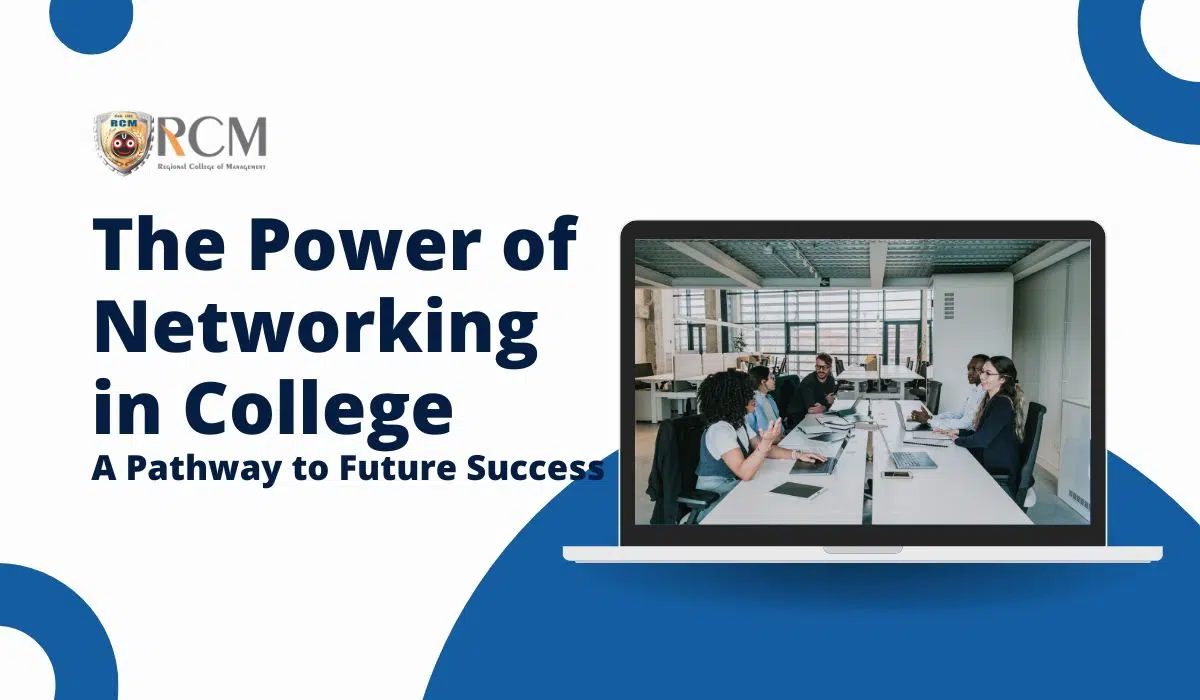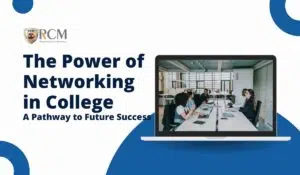Education has always been a great weapon. However, conditions are not always as we expect; after all, this is a real-time world, and disasters are a part of life. The current situation includes a global epidemic. Online Classes Vs. Offline Classes are tow mode of learning.Where the entire globe had become caught in another part of the quitting world, education, jobs, and everything else had chosen the side of a digital garden-the necessity for an online presence was becoming a vital element for anybody enrolled in this sector. This has completely revolutionized the game and will continue to do so in the future. We can take into consideration that things are improving day by day, but in a “switch on and off” manner. The learning process, whether online or offline, has its own set of consequences that force us to learn a large portion of what we know.
The foremost difference that arises between online and offline education and learning is the location. With offline learning, learners are required to go to the educational location, usually a lecture hall, college, or classroom. On the other hand, with the online learning mode, studying can be conducted from practically anywhere in the world. All they must do is simply log on to the internet from their home, work, or even their local coffee shop. The list will be a long one if we try to draw the entire concept behind the learning trends of these two categories.

What are the factors that depend on Online Class Vs. Offline Class?
It depends on two factors:
- The individual’s age and his or her ability to learn independently
A teacher is required for students aged 4 to 16 (KG to grade 10). These are the years that lay the groundwork for the rest of your life. There are new subjects being introduced. Children will have uncertainties and queries. Only if these questions and concerns are promptly answered by a teacher, regardless of the form of instruction, can the best learning outcomes be obtained. Even if it is entirely online learning, there is a need for dedicated time to address the students’ concerns.
- Flexibility in the interaction between students and teachers
For kids aged 4 to 16, the presence of a teacher is crucial. For this age group, any learning approach that does not include a teacher is just useless. Student learning results are powerfully influenced by the connection between the student and the instructor. When a teacher is present in an online class, students must log in on time. This discipline guarantees that learning takes place on a regular basis. However, if the teacher engages the students in interesting activities, a learning efficiency that is like that of the offline mode may be obtained. As a result, an online curriculum must also force students to learn via reasoning and to work independently on homework assignments while a teacher monitors their progress.
Advantages and disadvantages of online and offline classes.
Online class learning:
Advantages of online learning: –
- When it comes to clearing up doubts, students may find more comfort online than in traditional classrooms.
- Children would get the urge to learn about the current state of digital education technology.
- With the use of the internet or broadband connections, online education delivers cost and time effectiveness, as well as live engagement, high-quality learning, and more practical knowledge.
Online learning has the following drawbacks:
- Teachers are unable to determine if students are studying or are present in class.
- Students and teachers have fewer interactions.
- Students are less likely to remain dedicated to their academics and remain serious about their studies.
Offline classes for learning:
Offline learning has the following advantages:
- A teacher might devote more time to his or her students.
- Students would be more focused on their academics.
- Unlike online classes, offline classes provide a stimulating setting that incorporates both academic and practical components of learning.
Disadvantages of online learning:
- It is more expensive and time-consuming than online study.
- Offline lessons follow a set and rigid timetable.
- Students would not be able to learn about the advanced technology that this digital education offered.
Ultimately, one of the most critical questions is what an individual will have: Is it cheaper to be better? It is controversial. There is no connection between the price of a degree and the quality of education. It is essential for any student to conduct thorough research on the institution they intend to attend, whether it be an online or traditional brick-and-mortar institution. Analyze the institution’s admissions rate, graduation rate, and student employment rate after graduation. Also, look into the institution’s accreditation and the experts that teach courses.




















